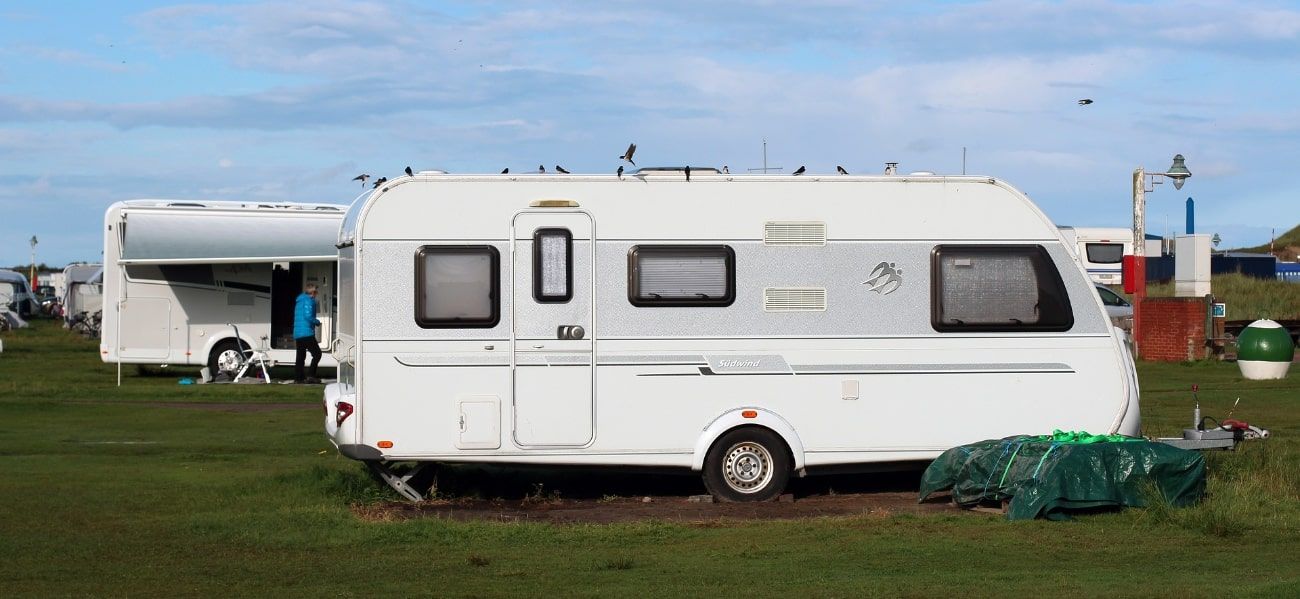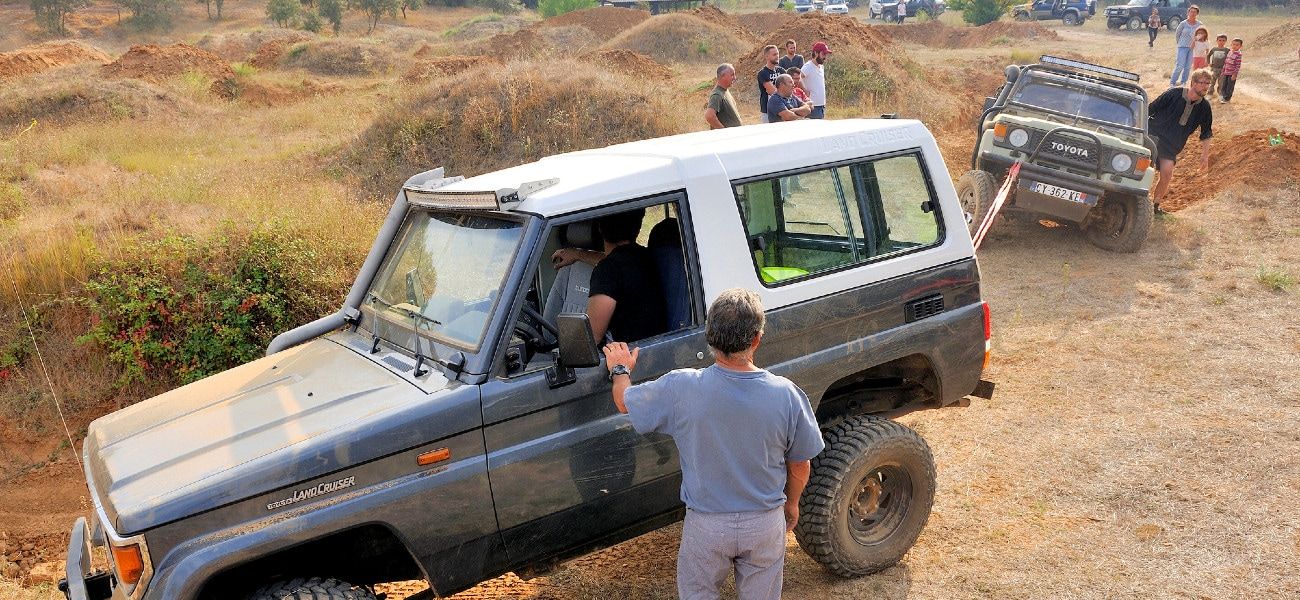Are you confident about levelling your caravan? This is a very important skill that many caravan owners don’t think about before setting off on their first trip.
If you are given a campsite with a nice smooth pitch then you probably don’t need to worry. However, more often than not, you will get a site without favourable, level ground conditions so it's important that you know how to level your van.
The Importance of Levelling Your Caravan
An unlevel van makes for a very uncomfortable and irritating experience - you’re likely going to encounter a lot of internal problems. Most caravans allow for a pitch of about 10 degrees but anything more than this is not ideal. Potential consequences include:
- Items rolling off shelves and tables
- Uncomfortable sleeping
- Showers and sinks won’t drain properly
- 3-way fridges won’t work properly
- Doors may swing open or close on their own
- Possibility of internal system damage
Equipment Needed for Levelling
Levelling your van requires some specialized equipment - don't worry, it's all widely available at decent camping and hardware stores. Let’s look at the most important tools now.
Levelling Device
It’s impossible to level properly without a levelling device. Two-way spirit levels (also known as T levels) are very cheap and a convenient option. This way you can see if the van is level in both a horizontal and vertical position.
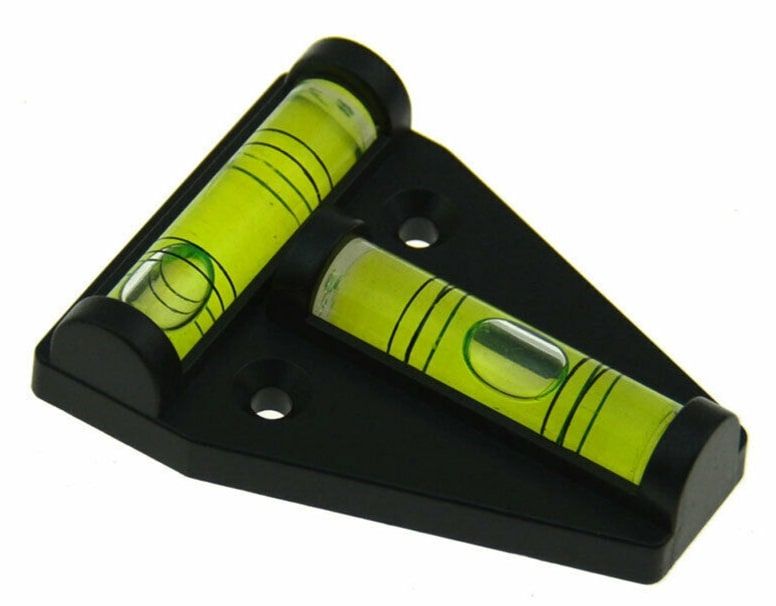
We don’t recommend builder’s spirit levels because they take up more space. They also tend to frustrate users because they can only measure in one direction at once and are overly sensitive.
Nowadays, there are even phone apps available with voice guides to help you level but sometimes the simplest way is the easiest.
Levelling Ramps/Blocks
If it’s necessary to level your caravan then you’re probably going to need to use levelling ramps or blocks. Usually made of heavy-duty plastic or wood, it’s important to remember that there are different ones for single axle and double axle caravans.
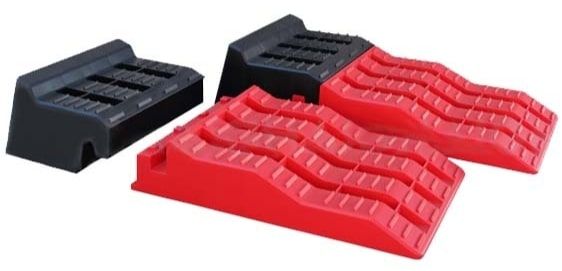
Wheel Chocks
If your levelling ramps already have wheel chocks attached then you don’t need to worry about buying more. But if not, you must obtain chocks to stop your van from rolling.
Even if you don’t level your van, it’s advisable to place chocks against your wheels because there is always a risk of movement.
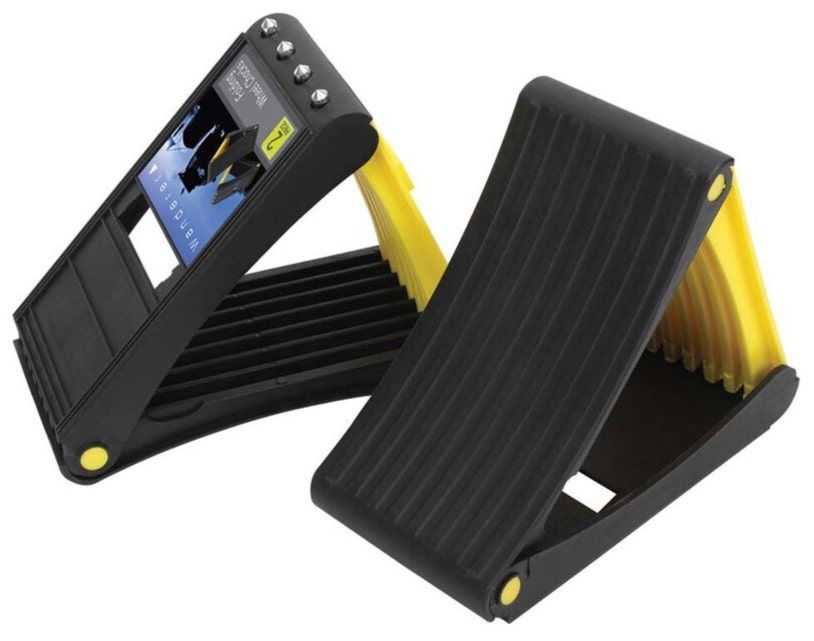
Jockey Wheel
In most cases, this is already attached to your caravan. The jockey wheel can be lowered into position so that you can manoeuvre the caravan toward the towbar or when you want to level it.
Step-By-Step Guide to Levelling A Caravan
Step 1 - Find a Suitable Position
The first thing to do is make sure the caravan is in a suitable position. By this, we don’t mean suitable in terms of level, but in a position where you can easily access external compartments, attach awnings and do anything else that you normally do once you set up camp.
This is a very important step - many start the process of levelling their caravan, only to finish and realise that they parked too close to something else and will need to now move and start the process all over again!
Once you are happy with the position of your van, place the spirit level on a suitable flat surface, like the floor of the caravan, to see if the van is off level.
Step 2 - Right to Left
Next, it’s time to level the axles horizontally. Tow the caravan slowly forward onto the ramps that you have placed in front of the wheels. This is known as levelling from right to left.
Two people are better than one in this situation because one can move the van while the other keeps an eye on the spirit level. Remember to apply the chocks.
Step 3 - Disconnect
Disconnect the electrical wiring and uncouple your tow plug. Then, move your towing vehicle out of the way after driving up onto the levelling blocks.
Step 4 - Front to Back
The next thing to do is to raise or lower your caravan. Most people will use the caravan jockey wheel in this situation. This is called levelling from front to back. Use your spirit level to make sure that you’re lowering or raising the correct side of your caravan.
Step 5 - Lower Your Steadies
Now your caravan is level so engage the handbrake. Then, lower your corner steadies to ensure your van is stable during your stay.
It may be tempting to use them as a levelling tool but this is not a good idea. In the worst-case scenario, you’ll end up with a damaged floor and nobody wants that.
Additional Equipment for Levelling Caravans
We’ve looked at the most basic and common way to level a caravan. However, there are constant innovations to make life easier for caravan users.
Here are some non-essential items that will allow you to bypass some of the steps above if you’re prepared to pay the price.
Lock N Level
This is an ingenious tool that is effectively a blow-up jack. The deflated cushion is placed beneath the locked wheel. Next, position your spirit level on the floor, near the central axle.
Then, simply use a standard tyre pump to inflate the cushion until the caravan is level. It’s worth placing matting underneath the Lock N Level.
Stabilizer Pads
Ensure that your jockey wheel doesn’t sink into the grass by placing a stabilizer pad beneath it. This is especially useful on soft ground.
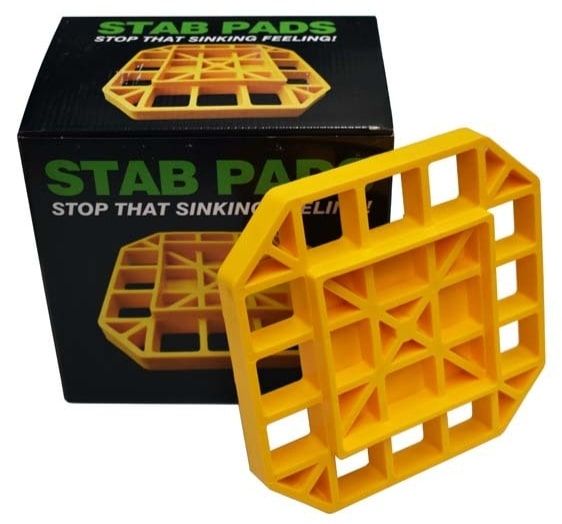
Trail-A-Mate
These days many caravan users upgrade their jockey wheel to a Trail-A-Mate. Simply remove the wheel and replace it with a base plate.
This converts the jockey system into a caravan jack, allowing you to easily raise the van. Trailer Mates are affordable and useful pieces of kit.
Automatic Levelling System
This is an expensive premium solution that is essentially a rapid, hydraulic jack system. Simply press a button on a remote control or control panel to ensure almost immediate levelling.
Caravan Mover (Motor Mover)
If you’re travelling solo or you’re not confident when it comes to maneuvering a towed vehicle, a caravan motor mover can be a lifesaver.
It essentially turns your caravan into a remote-controlled vehicle. Use the hand remote to move the caravan in any direction. They’re not cheap but they are fantastic.
Tips for Making it Easier to Level Caravan
Now that you know how to level your caravan it’s time to look at some tricks that can make it even easier.
Hill Stop
As a rule, it’s wise to move forward onto your levelling ramps. Going backward tends to activate the braking system and it’s just not efficient. However, if you’re on a hill, place the ramps behind the wheels because of the direction of the slope.
Water Bottle
If the terrain surprises you or you forget your spirit level, it’s not the end of the world. It’s possible to use a large water bottle to ascertain whether the van is level.
Of course, you won’t get such an accurate reading, but it’s worth knowing if you don’t have another option.
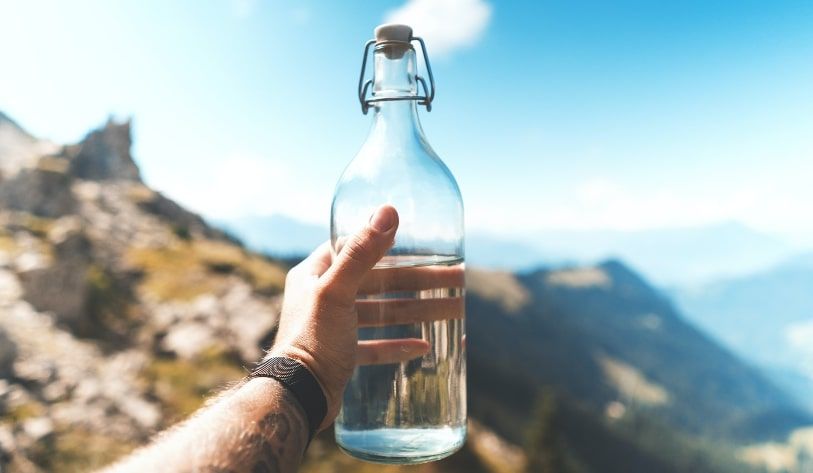
Summing Up
Now that you’ve finished reading this guide, I hope you’re more confident about levelling your van in the future. It is an essential skill and one that will make your holiday that bit more enjoyable.
If you’ve any questions, please leave a comment below.
This article may contain affiliate links. I will earn a commission if you choose to purchase a product or service after clicking on my link. This helps pay for the cost of running the website. You will not be disadvantaged in any way by using my links.
Note that while every effort is made to ensure the accuracy of the information on this page, there may sometimes be errors. Check all specifications with the manufacturer before purchasing any product.

